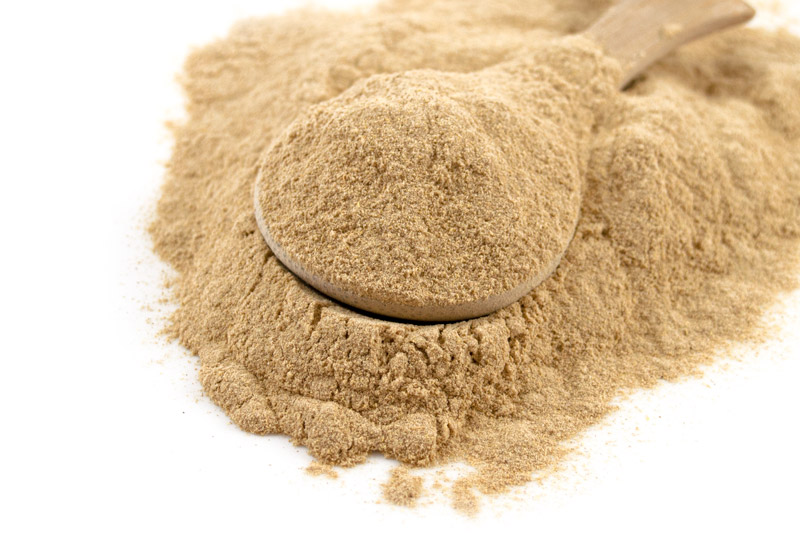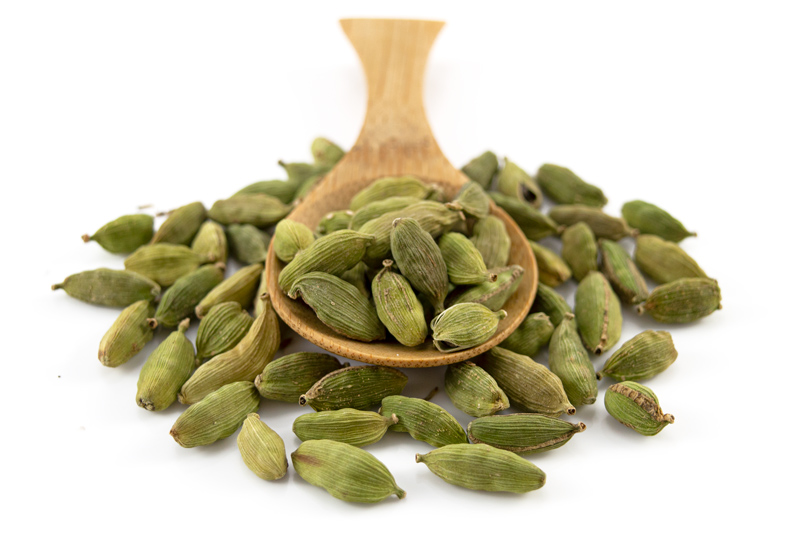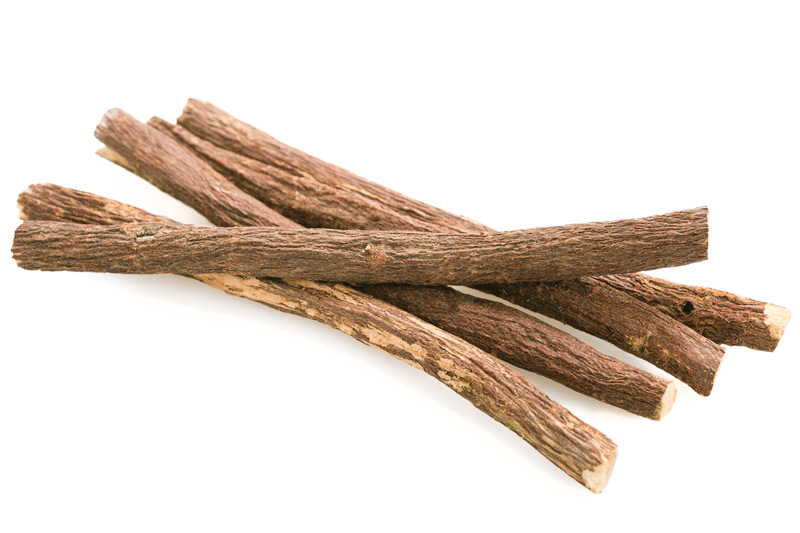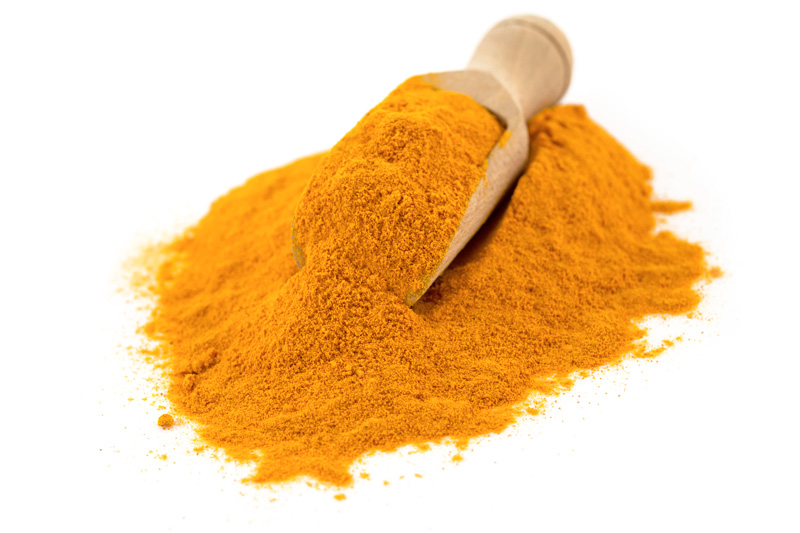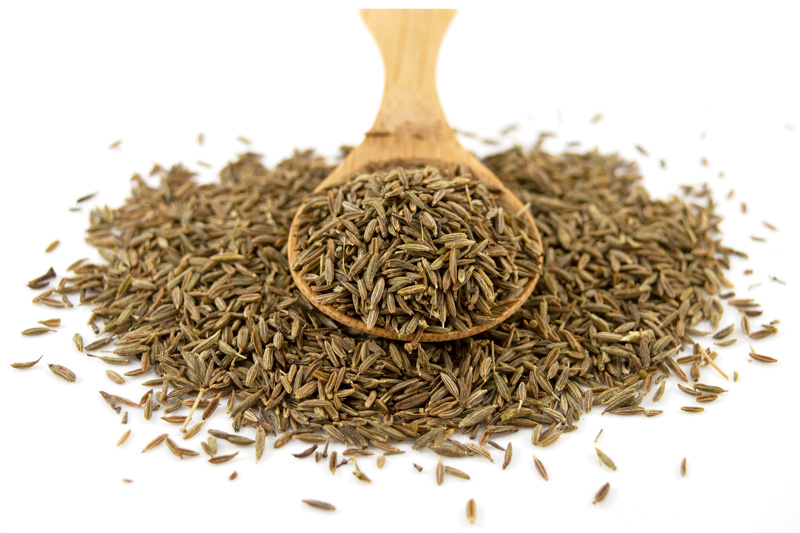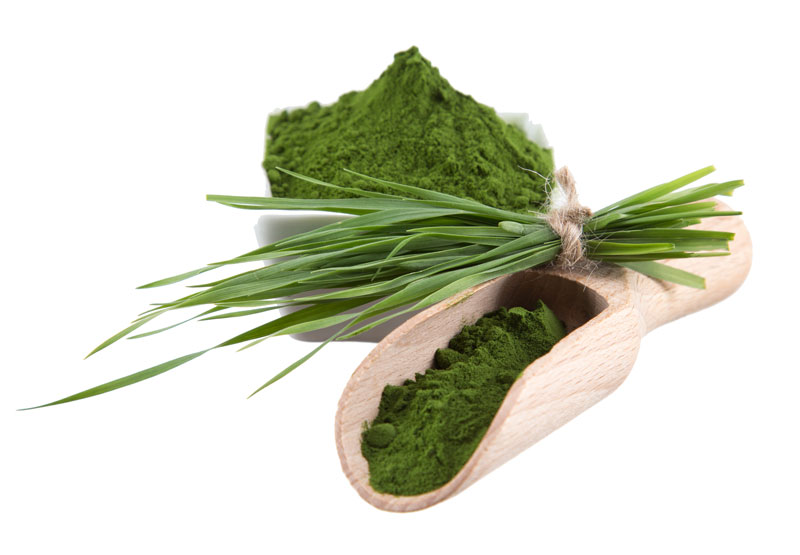What Is Ayurvedic Medicine, and Can It Help Me?
The Ayurvedic system of medicine was born in India many thousands of years ago, and handed down through oral tradition. It’s a ‘whole body’ system of medicine whose practitioners believe everything is connected, and good health comes about as a result of our mind, body and spirit being in harmony with the universe.
Many see Ayurvedic medicine as a form of healthcare which prevents disease instead of just reacting to it. It takes into account factors less commonly considered in Western medicine, such as emotional state, family relationships, food choices and even the weather. It recognises that each of us has a unique system of energies and that these life forces (or doshas) in combination with our bodily constitution (or prakriti) is the key to maintaining a healthy balance. It stresses the importance of massage, yoga and meditation as well as natural medicine.
Ayurvedic medicine uses a huge array of plants, including many herbs and spices. Modern scientific research has proved that many of these have awesome healing and health-giving properties. So let’s examine some of them to uncover the health benefits of Ayurvedic medicine….
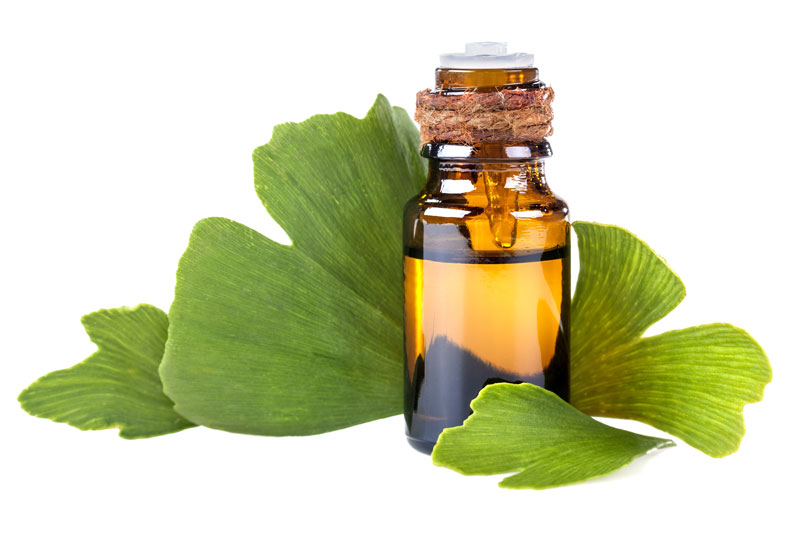
Ashwagandha is one of the most important herbs in Ayurvedic medicine and is used for stress relief, increasing energy levels and improving concentration. It’s also known as Indian ginseng or Winter cherry and is a perennial shrub that’s a member of the nightshade family of plants. Its name is actually Sanskrit for ‘smell of the horse’, but don’t worry – its odour and taste isn’t stables-like but mildly bitter and earthy. It’s commonly sold in capsule form, but as a powder too that can be added to smoothies, porridge, etc. A group of Indian and Canadian scientists found in a clinical trial that it’s a potent tool to reduce stress and anxiety.[1] Another trial from 2012 concluded that after participants took Ashwagandha, reduction in total and LDL cholesterol and increase of strength in muscle activity was significant, while total body fat percentage was reduced.[2] It also appears to have a superb effect in managing diabetes.[3] It’s said by many to boost libido in both men and women, and there’s even evidence it improves markers of mental health in patients with schizophrenia.[4]
Amla is a fascinating fruit and a massively powerful natural medicine, also known as Indian gooseberry. It has an ORAC value (the antioxidant capacity) of 261,500 per 100 grams, making it one of the most stunningly potent natural sources of antioxidants. Just for a sense of scale, this is a whopping 55 times higher than the level found in Blueberries! A report published in 2013 found amla offered significant protection against atherosclerosis and coronary artery disease, on a par with the leading cholesterol-lowering drug Atorvastatin.[5] A report published in 2010 found it significantly inhibited cell growth of six types of human cancer.[6] Another study from the following year found that taking amla led to a significant decrease in blood glucose levels, beating the leading drug, making it an excellent choice for diabetics.[7]
Triphala is a herbal preparation made from the dried fruits of three plants, Amla (see above), Haritaki and Bibhitaki. It has been traditionally used in Ayurvedic medicine to lengthen lifespan and invigorate the body. Together, these three fruits are a fantastic source of beneficial plant compounds such as polyphenols, Vitamin C, flavonoids and saponins, and have an antioxidant score over twice that of Amla alone.[8] Triphala can lower blood glucose and cholesterol levels in people with diabetes.[9] The Bibhitaki component contains gallic acid, which is good for blood sugar levels, insulin sensitivity and body weight.[10] It also has antimicrobial, anti-salmonella, liver-protective, antispasmodic and lung-protective qualities.[11] The third component, Haritaki is a cornerstone of gastrointestinal and rejuvenative treatment in Ayurvedic medicine, and research has suggested it has potential in treating the symptoms of diabetes.[12] It may also relieve joint pain in patients with osteoarthritis.[13]
Cardamom is commonly used in Indian cooking, and has a complex but delightful taste, slightly reminiscent of pine, with a hint of fruitiness. Two types are commonly available – the larger, black variety, which has a slightly smoky flavour and is good in savoury dishes, and the smaller, green variety, which is more delicate-tasting, and good in both savoury dishes and sweet ones, like ice cream. It’s been used traditionally as a digestive aid, and has antimicrobial, anticancer and anti-ulcer qualities. It has been found to promote oral health by reducing the number of bacteria in the saliva.[14] It’s also been found to work wonders for blood pressure.[15]
Licorice root contains a compound called Glycyrrhizin, which has antimicrobial, antioxidant and anti-inflammatory properties. A review published in 2017 found its traditional use for stimulating digestive system function, eliminating phlegm and relieving coughing was due to its potent power to fight inflammation.[16] Another study, published in 2015 in the journal Molecular Nutrition & Food Research, found that Glabridin, a compound found in licorice root, was very beneficial for the health of blood vessels in diabetes patients.[17]
Turmeric adds a yellow colour to many dishes and is mildly aromatic, with a hint of ginger. Its stunning health benefits is what makes it a star of the spice world, though – its active ingredient Curcumin can be massively beneficial to human health (especially when combined with Black Pepper, whose active ingredient Piperine increases the bioavailability of Curcumin by 2000%).[18] Curcumin is excellent for the health of your heart, as it lowers cholesterol and can even prevent arrhythmia (irregular heartbeat).[19] Absorption of curcumin also leads to a decrease in beta amyloid plaque, a marker of brain ageing that can be a major factor in Alzheimer’s Disease. It has also been shown to increase dopamine levels, and there’s very good evidence it has a marked beneficial effect on mood.
Cumin is ubiquitous in many Asian cuisines, and is at its best when dry-roasted and ground before adding to dishes. It has a great level of apigenin and luteolin, compounbds known to have potent antioxidant activity. It significantly lowers blood urea levels for diabetics, and displays very strong antimicrobial activities.[20] It also possesses significant antibacterial and antifungal activities against food spoilage bacteria, showing inhibitory effects on 73% of the bacteria strains tested.[21]
[1]https://blog.priceplow.com/wp-content/uploads/2014/08/withania_review.pdf
[2]https://www.ncbi.nlm.nih.gov/pmc/articles/PMC3487234/
[3]https://pubmed.ncbi.nlm.nih.gov/11116534/
[4]https://www.healio.com/news/psychiatry/20180719/adjunctive-ashwagandha-shows-promise-in-schizophrenia
[5]https://www.ncbi.nlm.nih.gov/pmc/articles/PMC3735284/
[6]https://pubmed.ncbi.nlm.nih.gov/20812284/
[7]https://pubmed.ncbi.nlm.nih.gov/21495900/
[8]https://www.ncbi.nlm.nih.gov/pmc/articles/PMC2841576/
[9]https://www.ijam.co.in/index.php/ijam/article/view/06262015
[10]https://pubmed.ncbi.nlm.nih.gov/25356824/
[11]https://www.phytojournal.com/archives/2016/vol5issue1/PartC/4-4-28.pdf
[12]https://onlinelibrary.wiley.com/doi/10.1002/ptr.2879
[13]https://www.liebertpub.com/doi/10.1089/jmf.2017.0065
[14]https://www.researchgate.net/publication/265974924_ANTIMICROBIAL_AND_SYNERGISTIC_ACTIVITY_OF_INGREDIENTS_OF_BETEL_QUID_ON_ORAL_AND_ENTERIC_PATHOGENS
[15]https://pubmed.ncbi.nlm.nih.gov/20361714/
[16]https://www.ncbi.nlm.nih.gov/pmc/articles/PMC7012004
[17]https://pubmed.ncbi.nlm.nih.gov/25737160/
[18]https://www.ncbi.nlm.nih.gov/pmc/articles/PMC5664031/
[19]https://pubmed.ncbi.nlm.nih.gov/19233493/
[20]http://isss.ind.in/pdf/2013volume/1.pdf
[21]https://www.ncbi.nlm.nih.gov/pmc/articles/PMC5486105/

